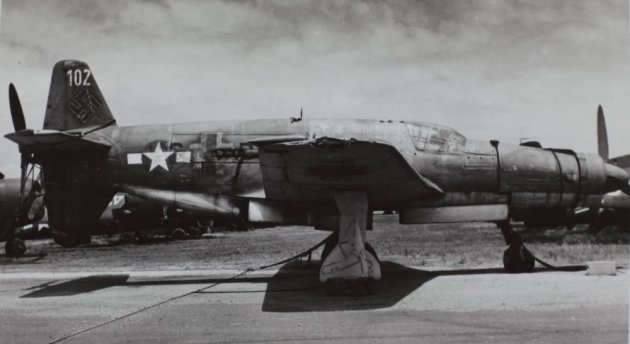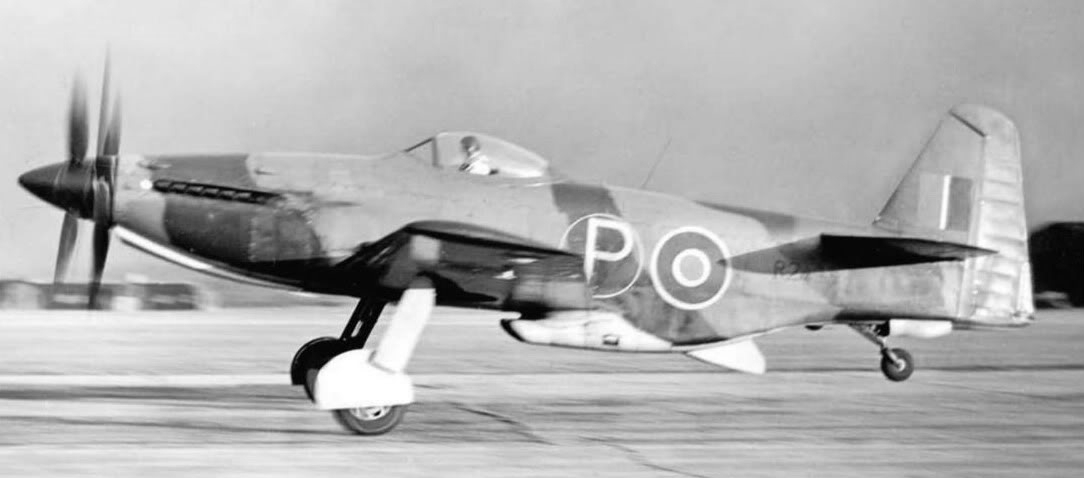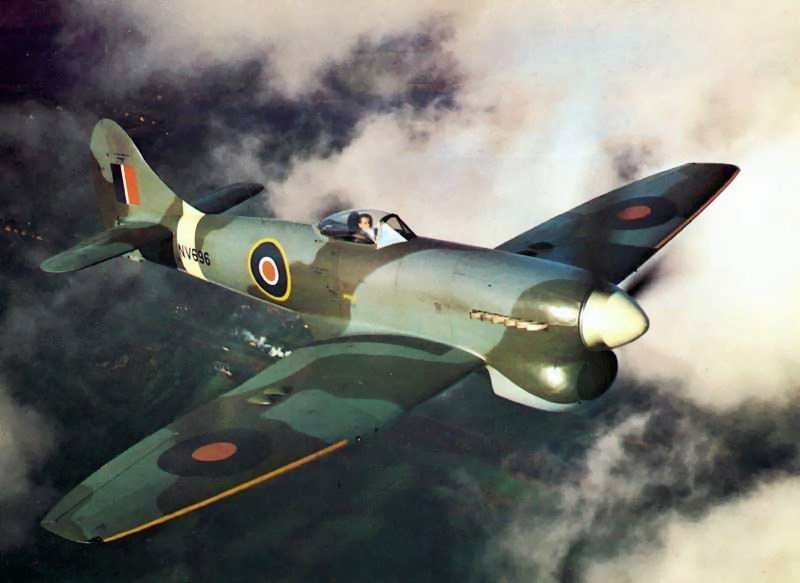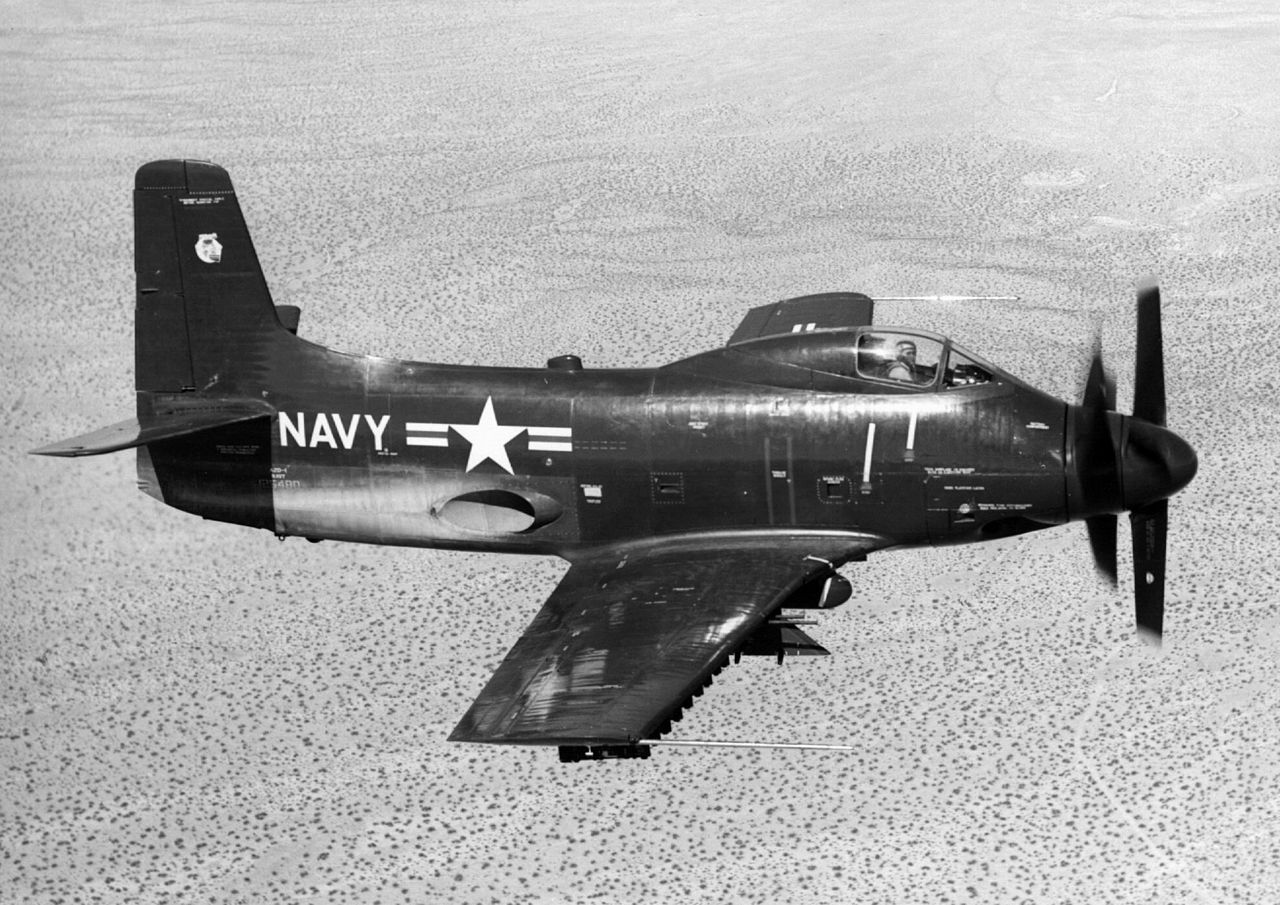The P-51D was arguably the pinnacle of piston engine fighters during World War II. There were a few designs in the works that would add a little more performance to the piston engine fighter formula, but not enough to put them in a completely new performance class
The USAAF’s (US Army Air Forces) most well-known fighter during World War II was the Mustang. The P-51 was primarily used as a long-range escort fighter and also as a ground attack fighter bomber. It had great range and maneuverability. During World War II, the Mustang served in almost every theater of conflict and later took part in the Korean War.
With almost 8,000 units produced, the P-51D became the most common variant. It included the new K-14 gunsight, six.50-cal machine guns, a “bubble-top” canopy that significantly increased the pilot’s field of view, and a new ammunition feed mechanism that significantly decreased gun jams.
The P-51D became the main long-range escort fighter for the USAAF when it began to arrive in large numbers in Europe in the spring of 1944. The versatile Mustang was also used as a fighter bomber and a reconnaissance aircraft. The P-51D was the only aircraft that could compete with the Luftwaffe; by the conclusion of the war, Mustangs had shot down 4,950 enemy aircraft in the air, more than any other USAAF fighter in Europe.
By the end of 1944, P-51Ds had reached the Pacific and CBI theaters. P-51D aircraft based at Iwo Jima began to conduct low-level fighter-bomber operations against Japanese ground targets and long-range B-29 escort flights in the spring of 1945.
‘The P-51D was perhaps the apex of WWII era piston engine fighters,’ aviation expert Arthur Major says on Quora. ‘A few designs were in the wings with the potential to squeeze another bit of performance from the piston engine fighter formula, but not really enough to put them into an entirely different class of performance – that would happen with the introduction of gas turbine technology.’
Mayor explains:
‘Possible contenders for planes that could match or slightly exceed the performance of the P-51D:
‘Focke Wulf Ta-152. The ultimate expression of single-engine fighter technology that Germany could produce near the end of the war. Extremely fast (Kurt Tank reputedly outran two Mustangs during a test flight by engaging the Nitrous Oxide boost), but produced far too late in too few numbers to make any difference.

‘Dornier Do 335 Pfeil (Arrow) Another late war design, the Do-335 was a heavy fighter probably more comparable to a P-38 than a P-51. However, it was also extremely fast and could potentially pack a far heavier punch with an engine-mounted 30mm cannon and the possibility of an underwing 30mm cannon as well. However, the design was not as maneuverable as a P-51. Once again, this a case of too little, too late.

‘Martin Baker M.B. 5 Possibly the finest of the late war British aircraft, it can also be considered what a P-51 might have looked like on steroids. The fine fuselage, bubble canopy, and general arrangement mimicked the P-51 in general outline, with the primary difference being the use of a Rolls-Royce Griffon engine driving a contra-rotating propeller. The airplane was also designed to be both lightweight and easy to maintain, at least relative to similar aircraft in the Commonwealth stable. This was likely the apex of Allied single-engine fighter design. Canceled with the end of the war.

‘The British did evolve the already formidable Hawker Typhoon into the Hawker Tempest and Sea Fury. This trio started off by mating the insanely powerful Napier Sabre H-24 engine to a single-seat fighter. The brutish Typhoon was not successful as a high-altitude interceptor, but it was fast and maneuverable enough to be a highly successful low-level fighter/ground attack platform. A redesign to improve the wing and fuselage made the Tempest, which was a very successful high-speed interceptor (used to chase down V-1 Buzz Bombs, for example). Using many of the same principles in a lighter airframe mated to a Bristol Centaurus 18 radial engine for the Royal Naval Air Service created the Sea Fury, yet another fast fighter, which continued to serve into the Korean War.



‘So, in a straight-up statistical “number crunching” contest, each of these aircraft could be said to be “better” in one or more aspects than a P-51. On the other hand, the P-51 was available in such great numbers and was such a “well-rounded” aircraft that it remained in service many years after the war. It did not require the huge amounts of engine power that these other aircraft had, and was versatile enough to be used in virtually every role (while many of the other aircraft were designed for specialized roles).’
Major concludes:
‘The only real game changer for propeller-driven aircraft turned out to be the passing of piston engines for turboprop power, and even then, the P-51 made a transition- the Cavalier Mustang III/Piper PA-48 Enforcer.

‘The potential of turboprop-powered fighters was never fully explored, the Douglas “Skyshark” was a proposed turboprop-powered fighter bomber capable of 500mph in flight, far faster than any of these other aircraft, and also capable of carrying a far greater war load into battle as well.’

Photo by Fabrice742 Own work, Bob Adams from George, South Africa via Wikipedia, Crown Copyright, San Diego Air & Space Museum, U.S. Air Force and U.S. Navy

